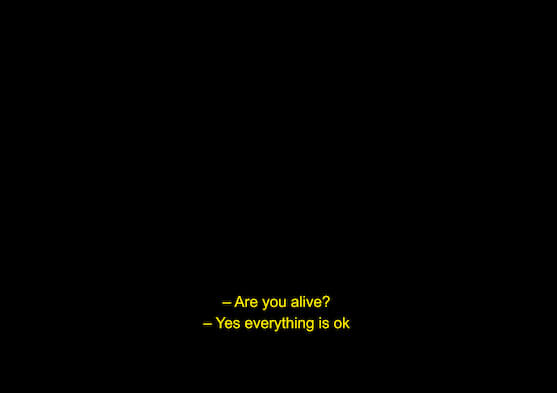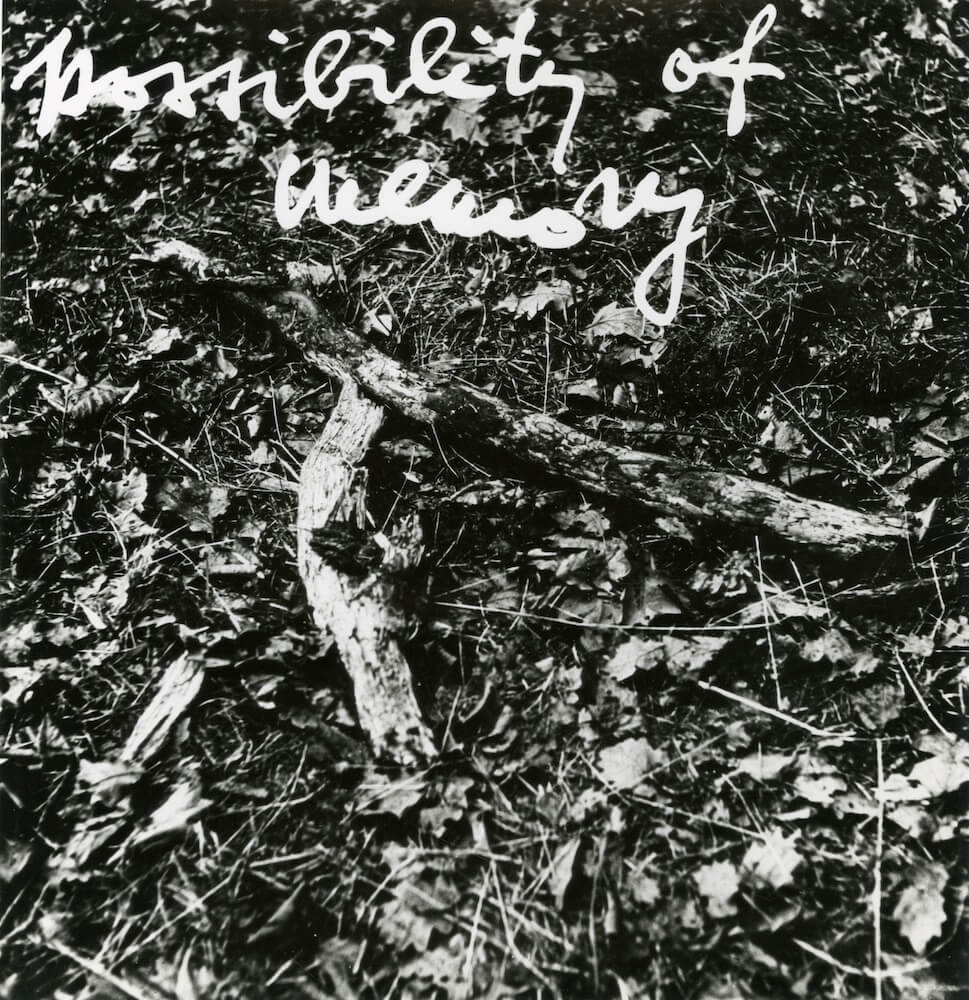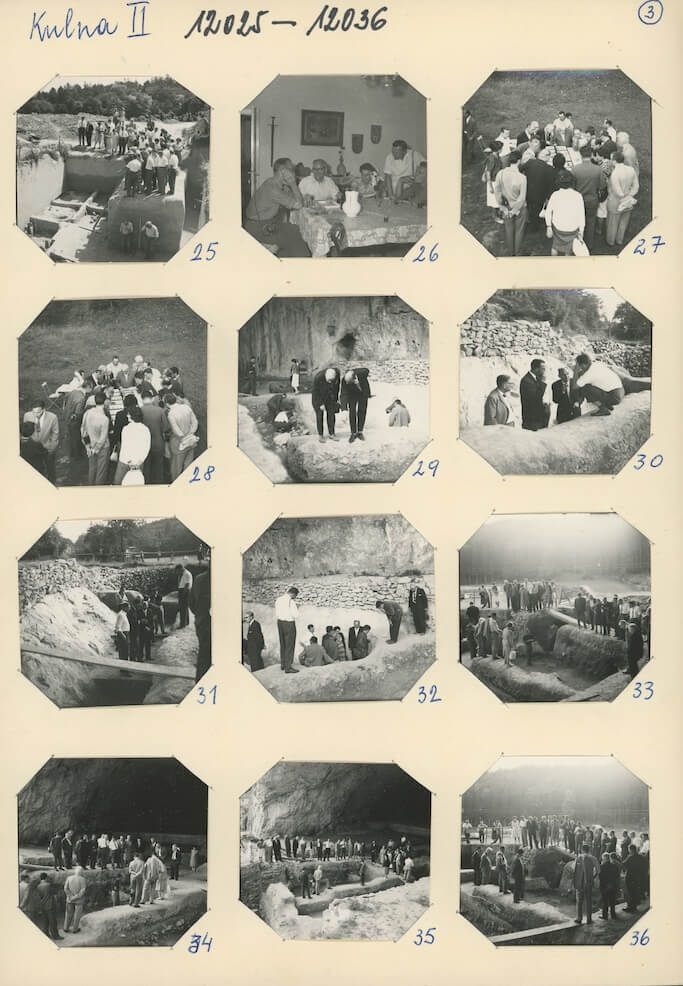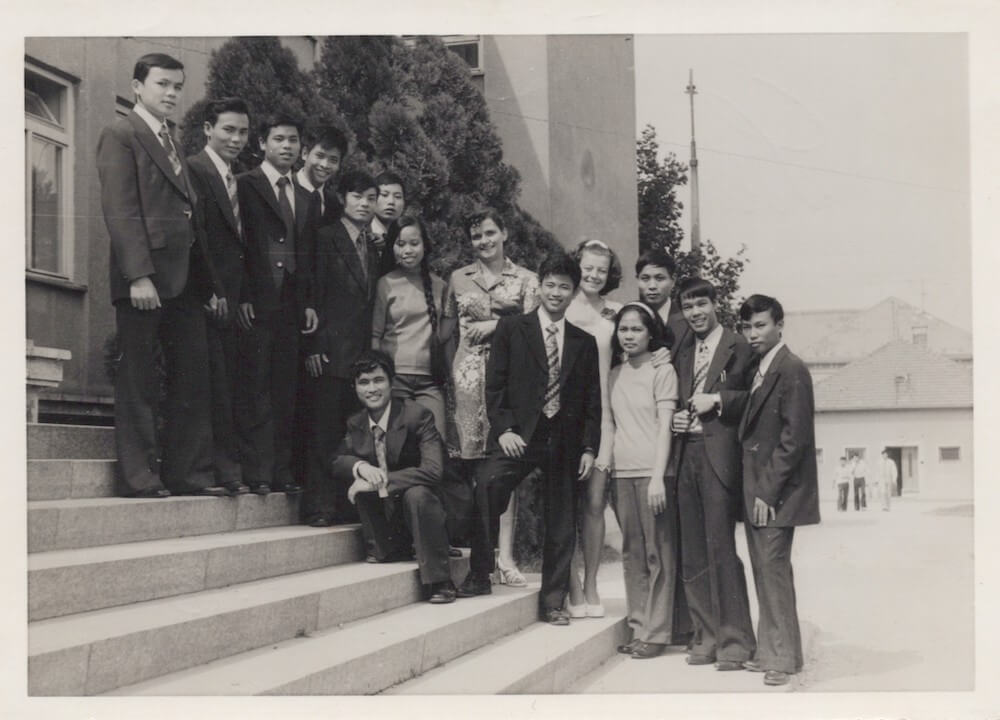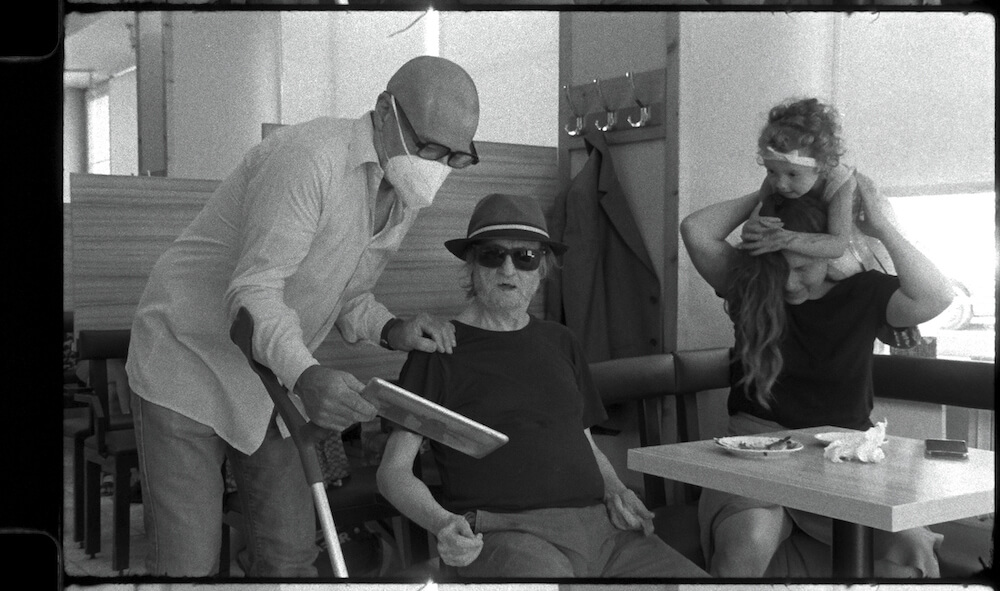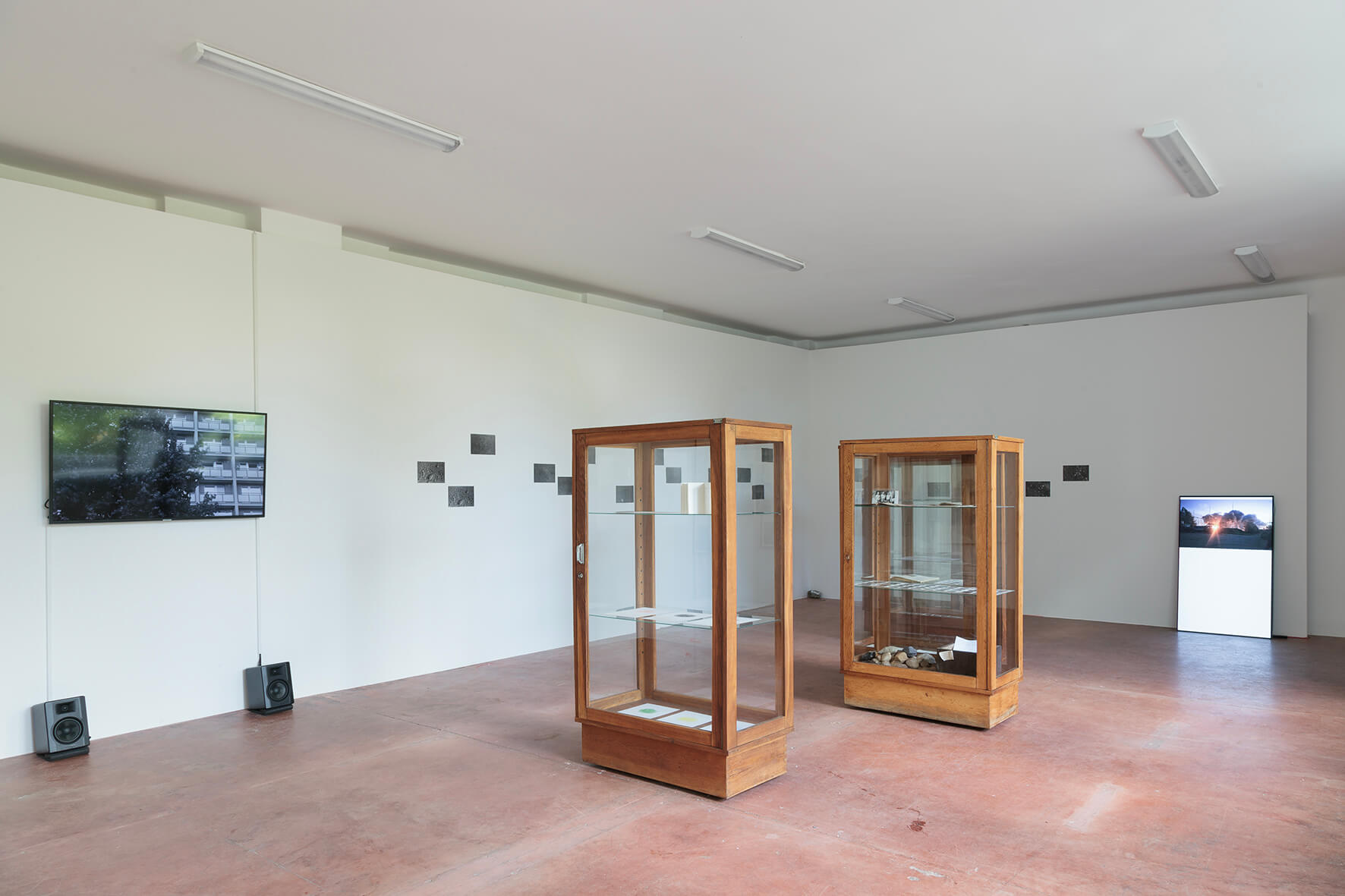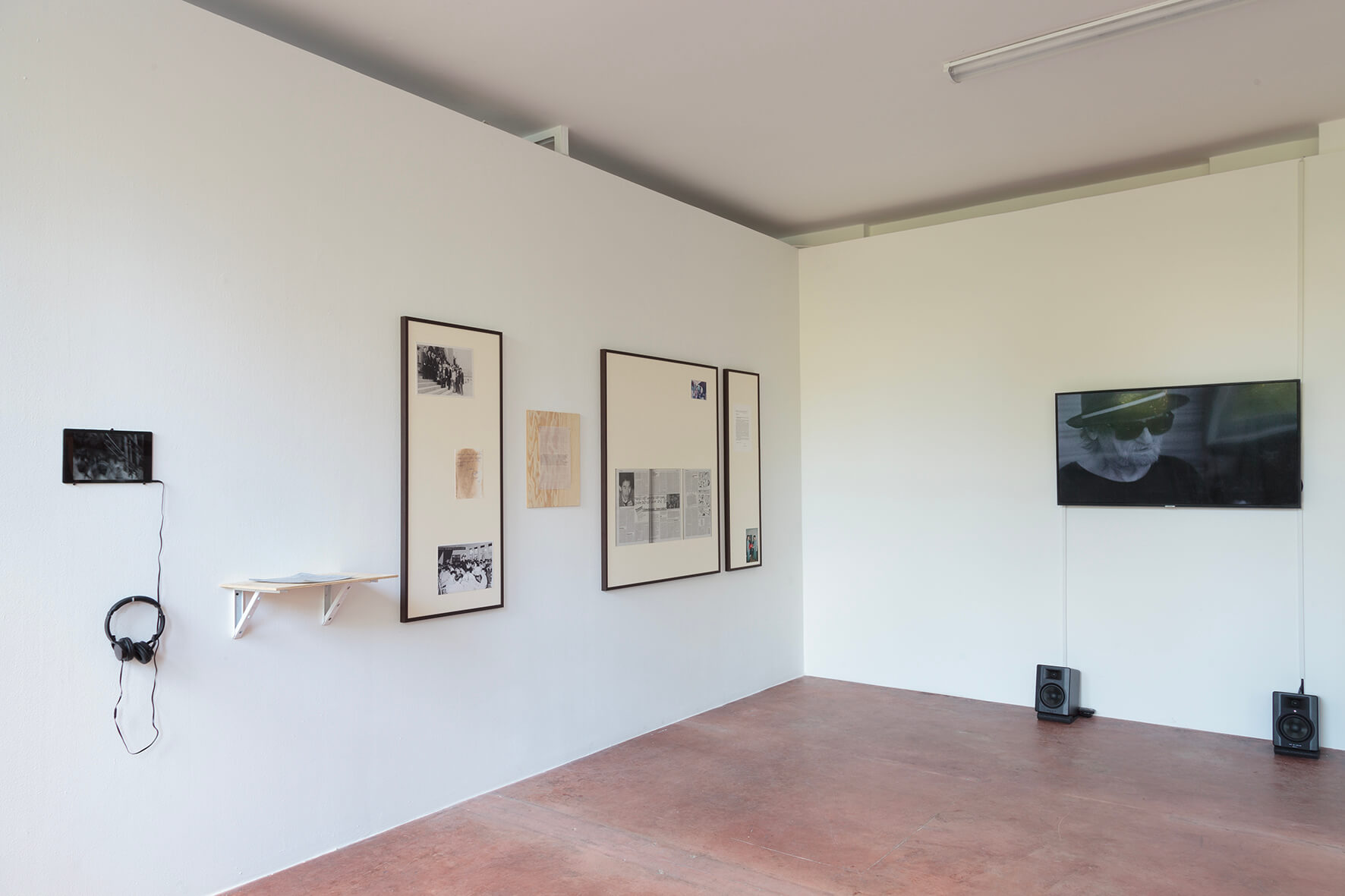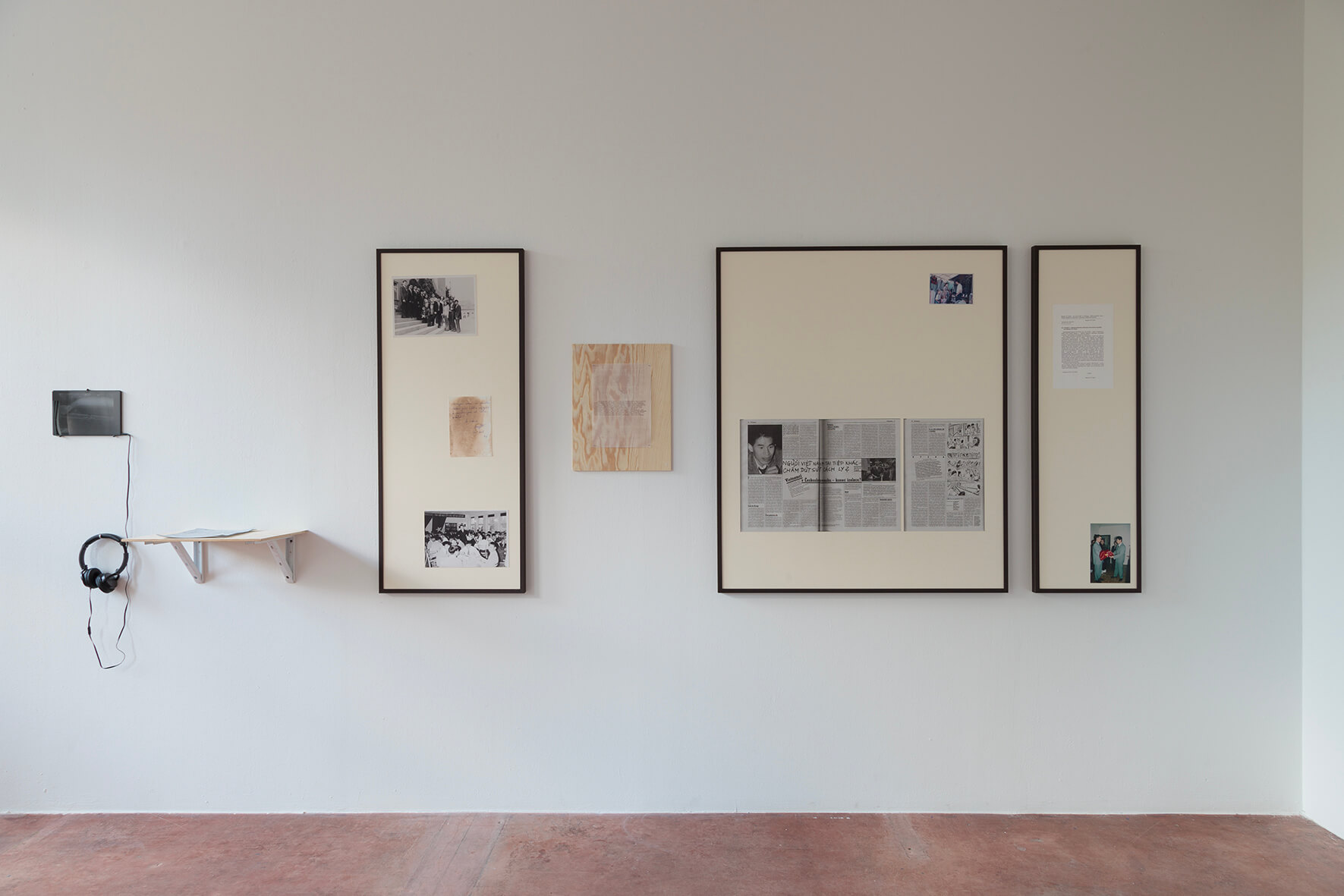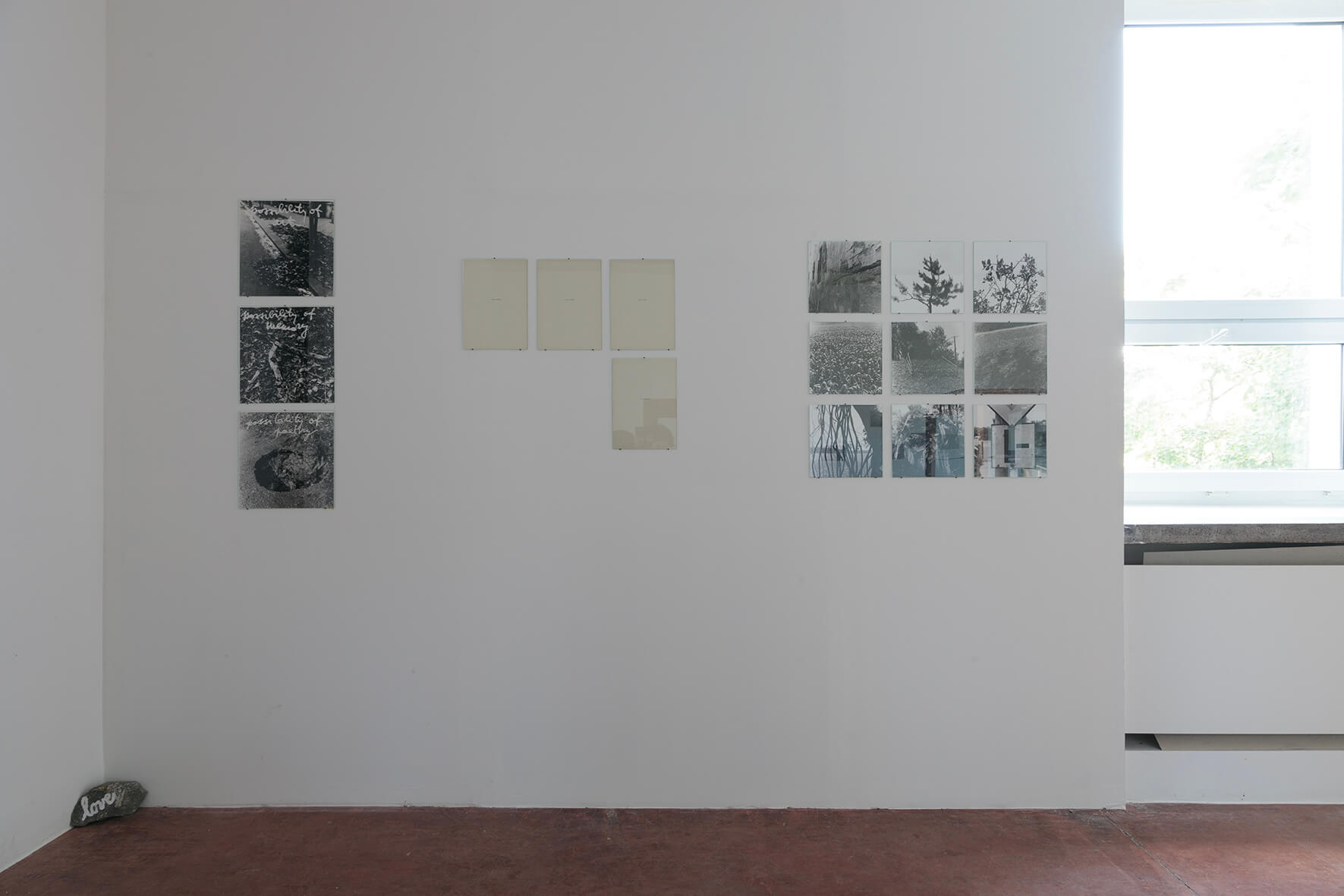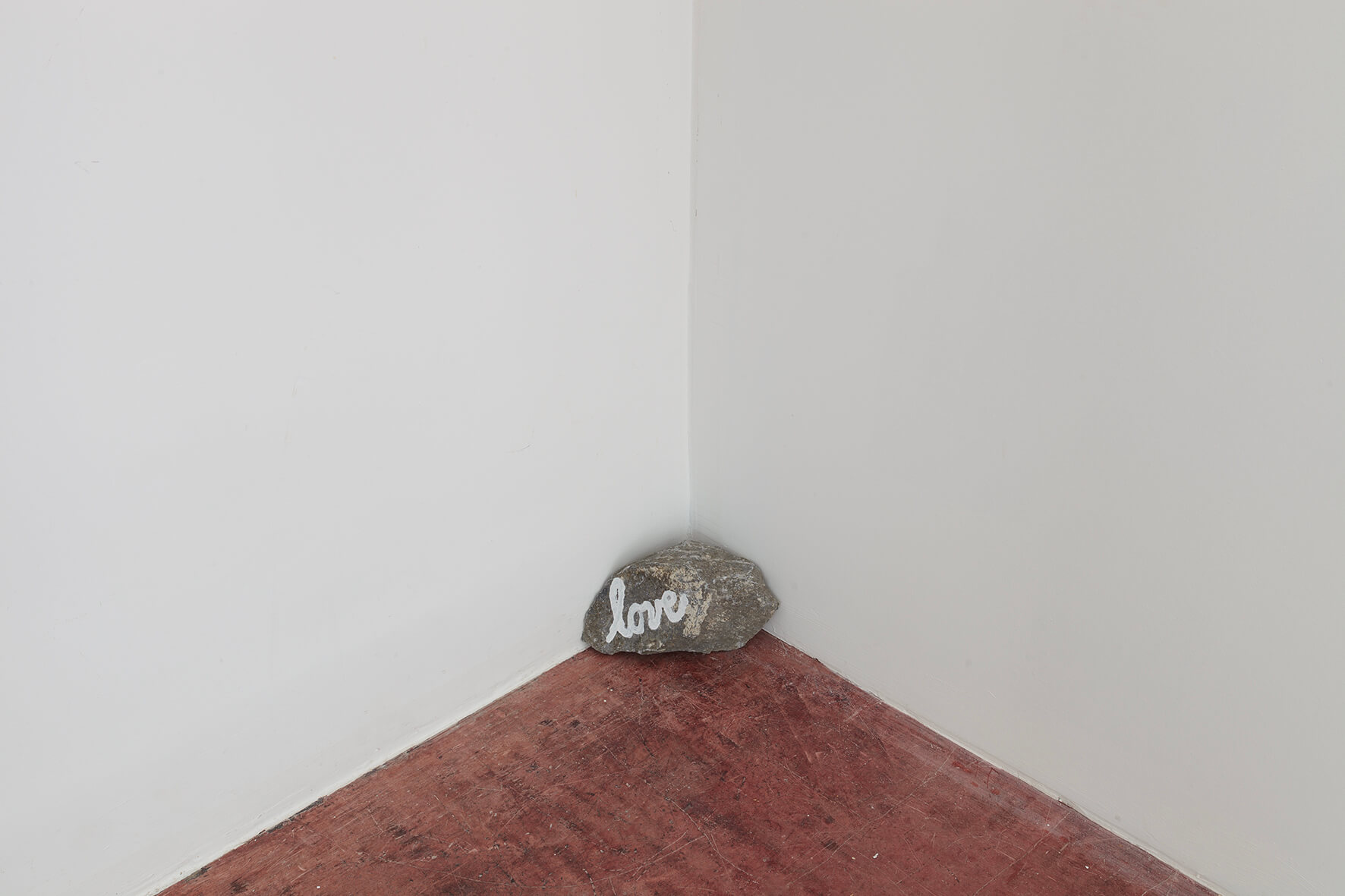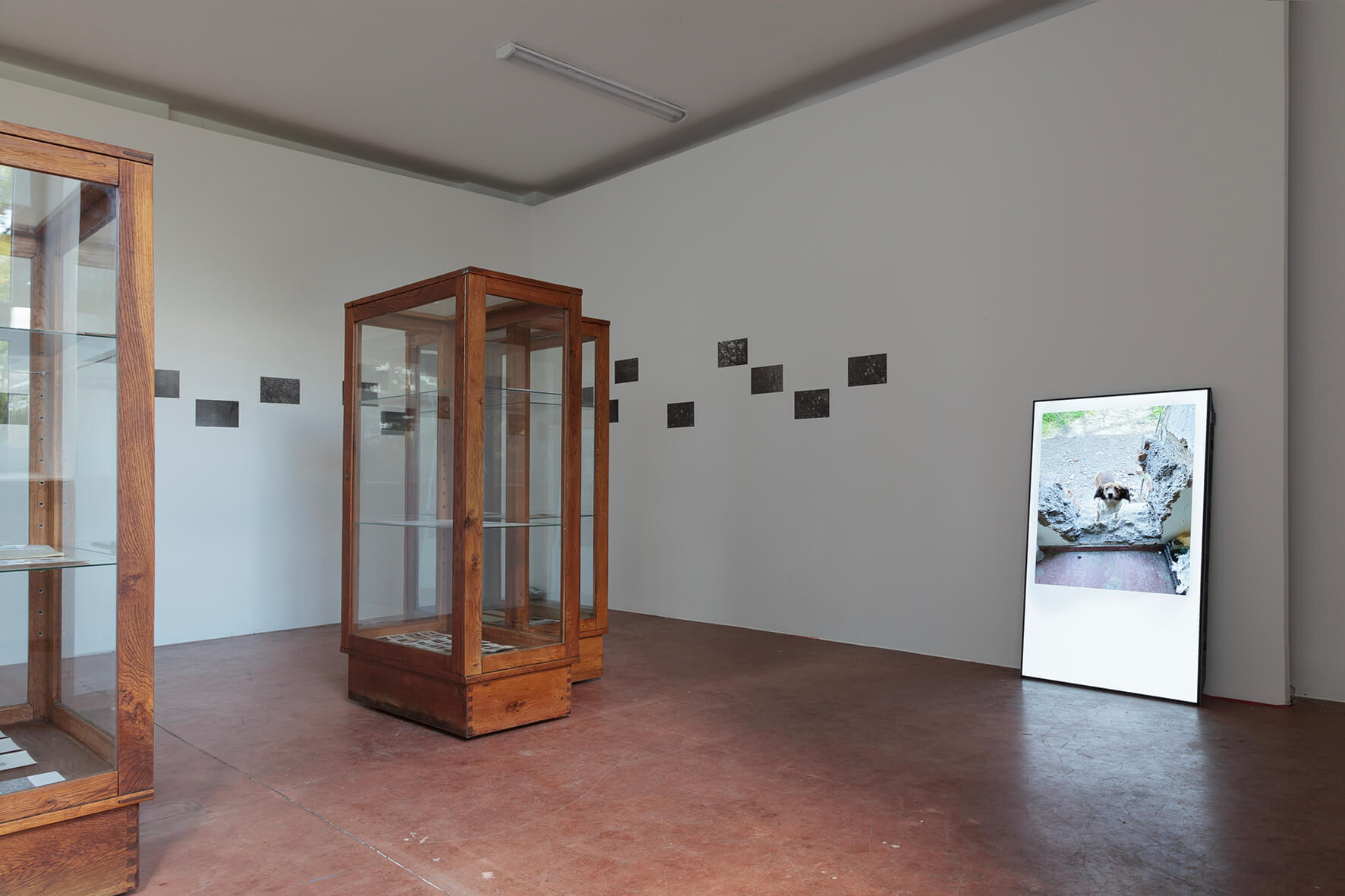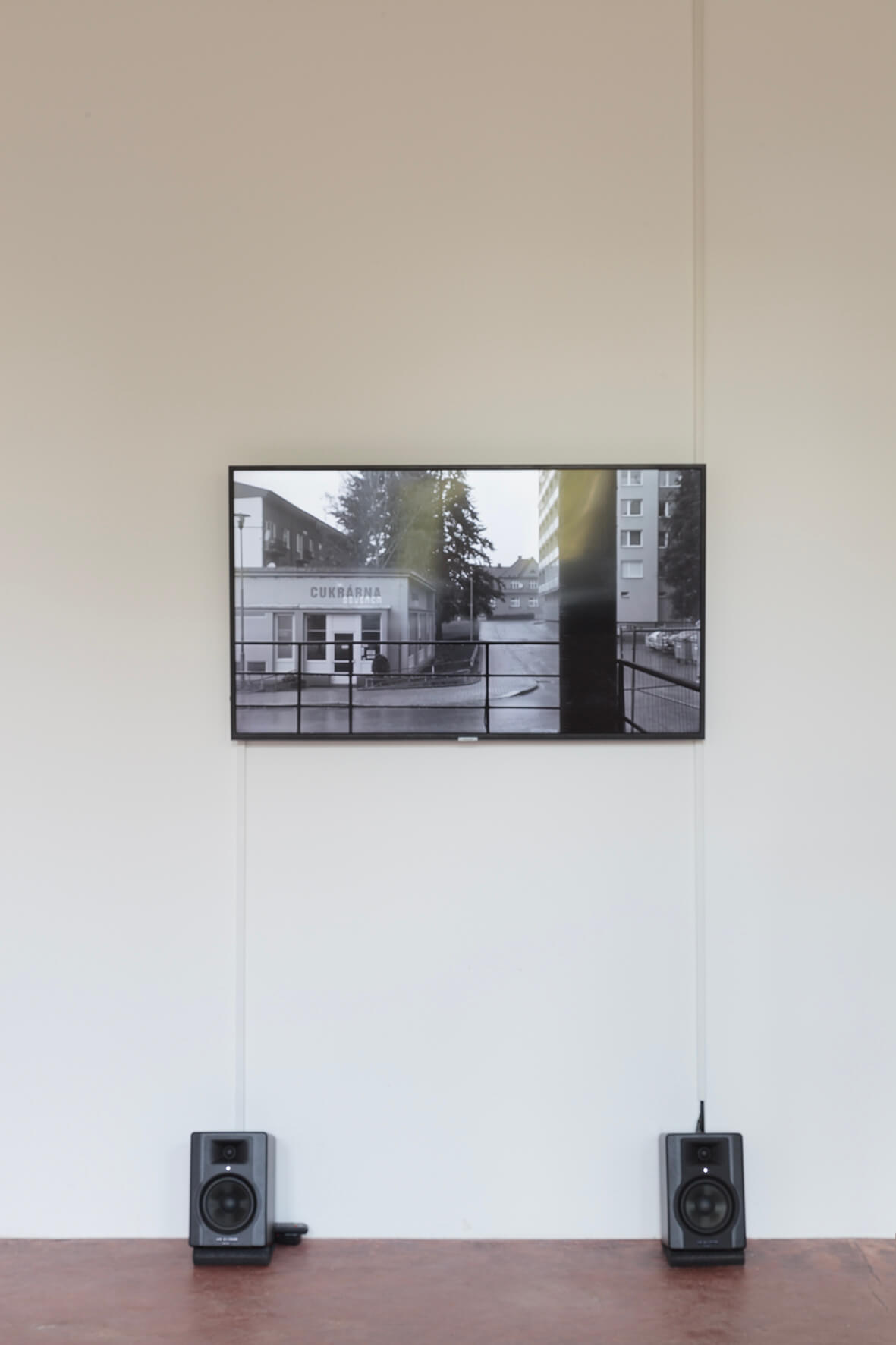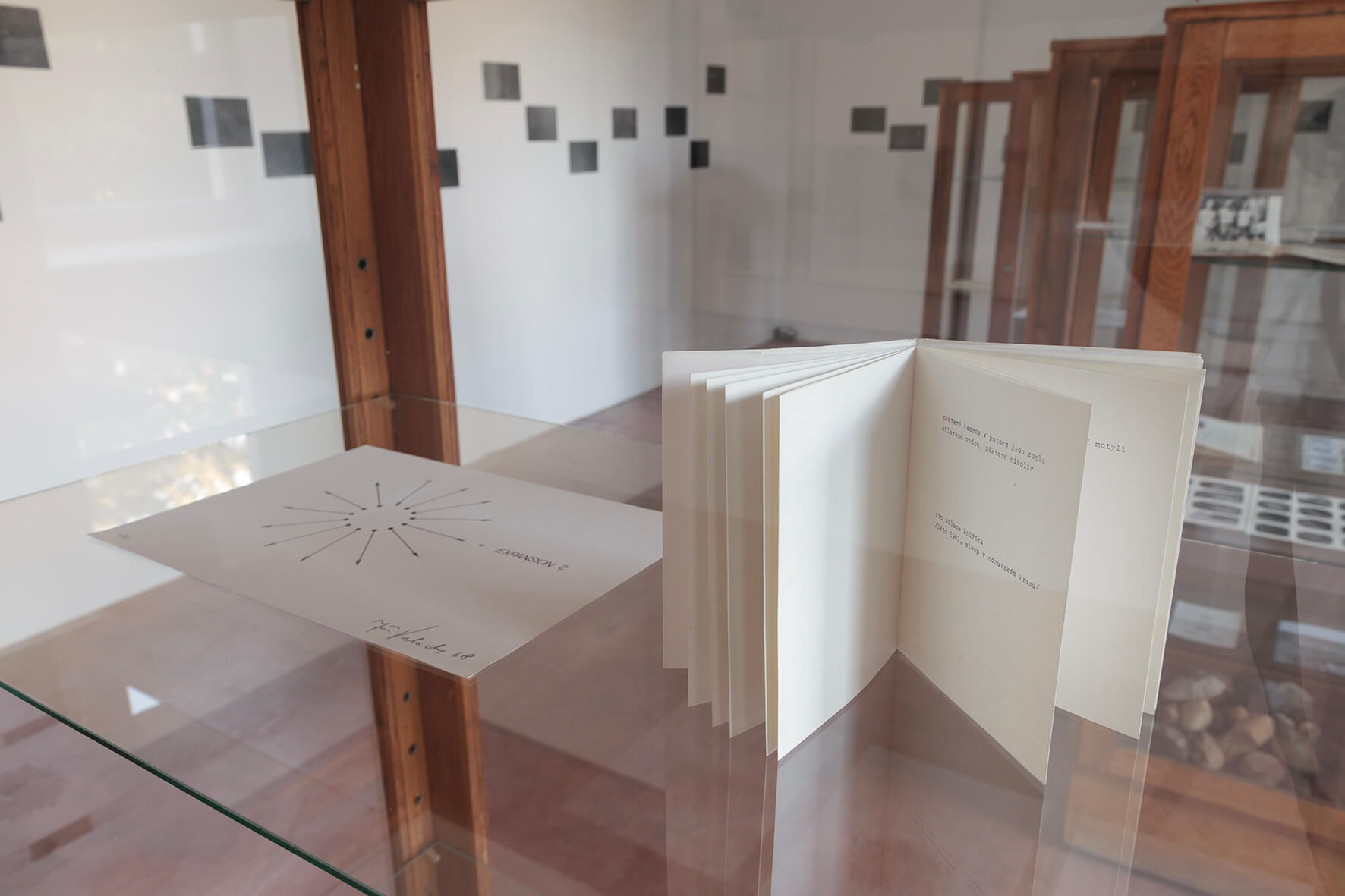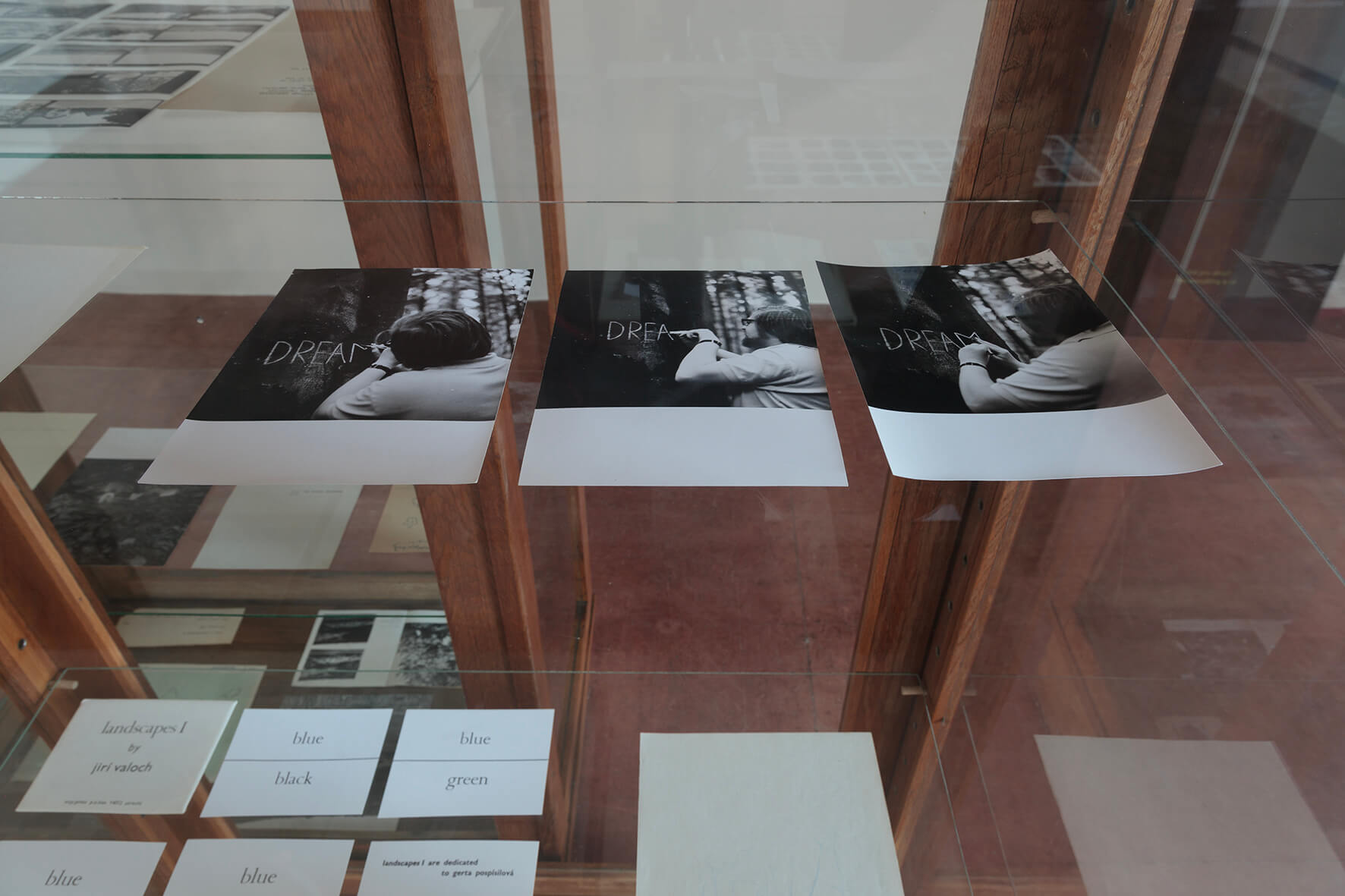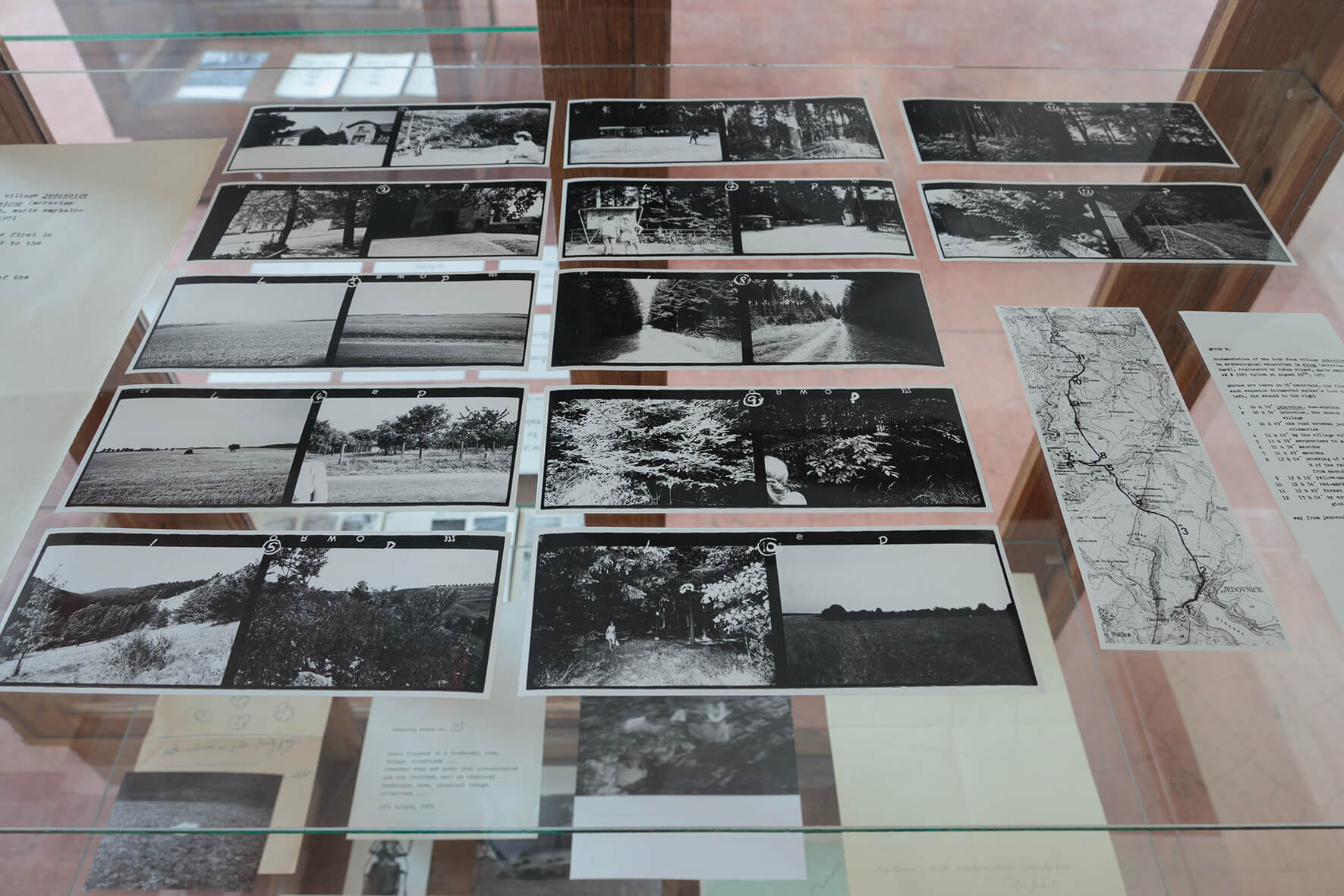E
x
h
i
b
i
t
i
o
n
s
Family Affairs
Family Affairs
Josef Dabernig, Polina Davydenko, Kvet Nguyen, Jiří Valoch, Karel Valoch
Curated by: Jana Pisaříková, Ondřej Chrobák
Duration of the exhibition: Sept 16, 2023 – Oct 27, 2023
The Július Koller Society, Nová Cvernovka, Bratislava
The exhibition Family Affairs presents four original artists’ projects in which family memory, personal archives, and rituals confront the external apparatus of power, bureaucracy, and everyday life. It is based on an archaeological examination of “the terrains of collective and personal memory”. Documents, records, photographs, diary entries, film footage of both artistic and bureaucratic nature become part of a metaphorical and sometimes raw and frightening game of meanings.
The connecting element of these four distinct creative projects is precisely family – not in the sense of a biological given, but rather as a fragile network of relationships, communities, and constellations. They confront history, they encounter both key historical moments and everyday life, in order to ultimately shape who we are and who we consciously and unconsciously become.
In her installation, Kvet Nguyen deals with the Vietnamese community that arrived in the Slovak Republic during the 1970s. She confronts the anonymized documents of the migration department’s archives with the archives of a Vietnamese language teacher which often features the same people who are nevertheless no longer just “numbers.”
The Austrian artist Josef Dabernig chooses for his films locations – now rapidly disappearing – that bear marks of the post-socialist past. His film Pastry Friday will have its Slovak premiere at the exhibition. It was filmed in a small Czech town’s candy shop. Individual actors (both people and the interior of the shop) do not so much “act” as they stand in for signs and micro-situations. At the same time, it is a collective portrait of the filmmaker’s friends and family, made up of representatives of the Czech and foreign art scene.
Polina Davydenko bases her work on her communication with her brother, who became, as he himself says: “an old soldier.” The author thus presents an ambiguous record of their relationship, which was irrevocably affected by the war in Ukraine. How do you talk to your brother about it? How not to worry about him? How can we not alienate each other through this experience of war?
The last mentioned but also the most prominent author of the exhibition is the legend of Czech conceptual art, Jiří Valoch. His works of art are presented by the curators Jana Písaříková and Ondřej Chrobák in dialogue with the archives of his father Karel Valoch, an important Czech archaeologist.
It is clear that the father and the son both shared the same passion for their respective fields, so much so that the personal and professional levels of their lives would always completely merge into one. The Karel Valoch Archive presents archaeological research in which his son, Jiří Valoch, also participated during his childhood and adolescence. The revealing and absolutely crucial moment of this exhibition is the fact that the visual character and everyday appearance of the archaeological work was precisely what prompted the young Jiří Valoch to become an artist.
The exhibition was created in close cooperation with the Moravian Gallery in Brno and is in part a sequel to the exhibition Valoch and Valoch: Archaeology and Conceptual Art.
Also borrowed for the exhibition were artifacts from the Moravian Museum in Brno.
Jana Pisaříková – Ondřej Chrobák
The exhibition was created in close cooperation with the Moravian Gallery in Brno and is in part a sequel to the exhibition Valoch and Valoch: Archaeology and Conceptual Art. Also borrowed for the exhibition were artifacts from the Moravian Museum in Brno and Kontakt Collection Vienna.
Supported by public funding by the Slovak Arts Council.
